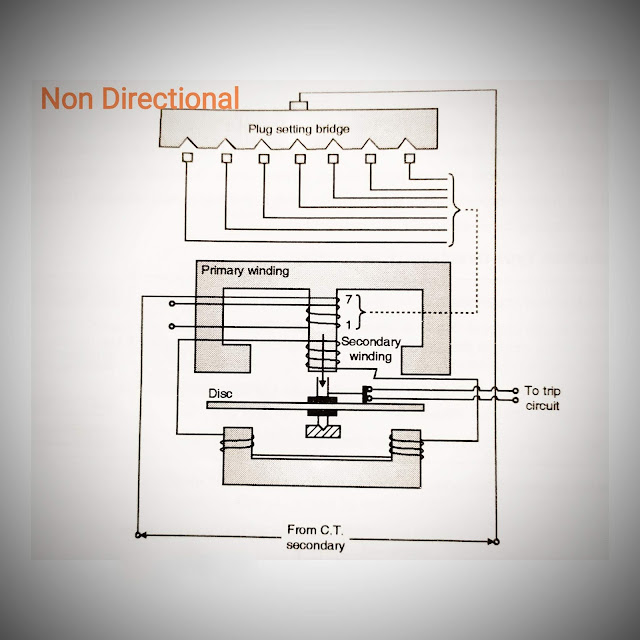Slepian Theory

Slepian Theory This also know as recovery rate theory. when arc is struck between electrodes or CB contacts, the medium between them is highly ionised. If current is alternating in nature,at current zero instant, the ionisation is very less (residual ionisation). After zero crossing, the ionisation again increases and the arc is restruck i.e. Arc current again increases. The voltage responsible for restricking of arc is known as restriking voltage. If dielectric strength of the medium is built up sufficient during current zero instant, it will prevent the arc to restrike i.e. current won't flow after that current zero instant. This can be described as a race between dielectric strength and restriking voltage. If the rate of rise of dielectric strength is more than rate of rise of restriking voltage - the arc will not restrike. But if rate of rise of dielectric strength is less than rate of rise of restriking voltage - the arc will restrike. The concept is elabor...






